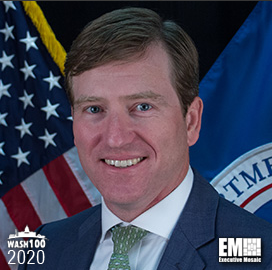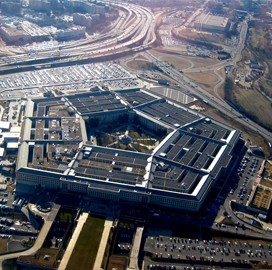
Christopher Krebs, director of the Department of Homeland Security’s Cybersecurity and Infrastructure Security Agency and a 2020 Wash100 Award winner, said Russian interference in the 2016 presidential election has helped improve collaboration between DHS and the National Security Agency, CyberScoop reported Monday.
Krebs told attendees at the San Francisco CyberTalks on Monday that he has seen an improvement in information sharing in election security since 2016 driven in part by the formation of the Election Infrastructure Sharing and Analysis Center in 2018. He said the Center for Internet Security-run ISAC has helped DHS establish proper channels to help local and state government agencies perform risk assessment of their systems.
“Just having an ISAC — all 50 states, 2,400 jurisdictions — those sorts of things [make it so] we can continue to push information out. We can push out indicators on intrusion detection systems that we’ve been working with states on,” Krebs said.
Anne Neuberger, director of the NSA’s cybersecurity directorate and a fellow 2020 Wash100 Award recipient, joined Krebs at the event to discuss her agency’s efforts to facilitate sharing of data on cybersecurity vulnerabilities.












